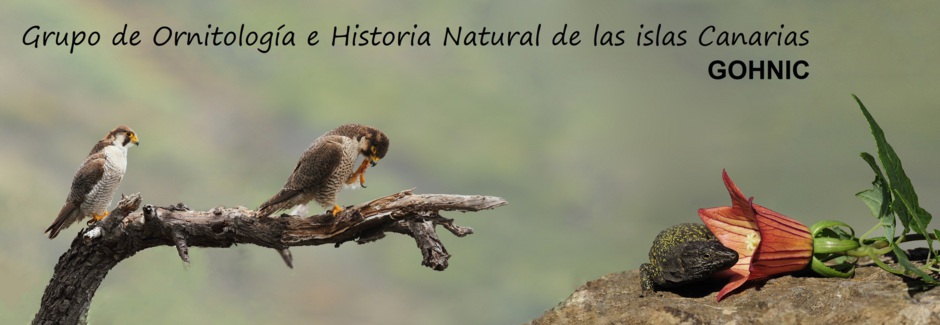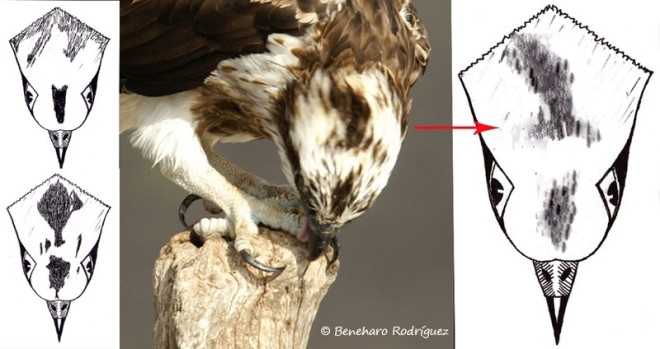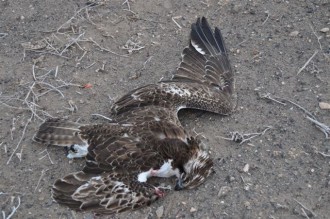
The osprey (Pandion haliaetus) is a cosmopolitan fish-eating raptor. The population of the Canary Islands, some 12-14 pairs distributed amongst several islands and islets, has remained stable for many years. Such a low number of individuals reveals the vulnerability of the species in the region and, consequently, has been included in the “Vulnerable” category in the Canarian catalogue of protected species.
This low number of pairs established on islands like Tenerife or, on a smaller scale, La Gomera has been the object of annual monitoring from a long time ago. Always with the corresponding authorization of Viceconsejería de Medio Ambiente del Gobierno de Canarias, together with the approval of the appropriate councils, our aim is to acquire relevant information regarding density and breeding parameters (phenology and brood size, productivity and breeding success, among others) of these small insular populations. When possible, the adult birds are identified individually (box 1) and the nestlings, which are more accessible, are ringed. We can also try to obtain data on their mortality (photo 1), the interchange of birds between islands, the philopatry or the longevity, which later will be applied to their conservation. Furthermore, we can take advantage of the ringing procedures to collect samples of blood and feathers for the doctoral thesis (Dispersal, migration and connectivity of osprey Pandion haliaetus populations in Western Mediterranean) currently being carried out by Flavio Monti (University of Ferrara) in the CEFE-CNRS.
Box 1. Despite the fact that it is sometimes difficult to appreciate, the pattern of the feathers on the ospreys´ head serves as a useful tool at the time of identifying different individuals.
Collaborating entities









